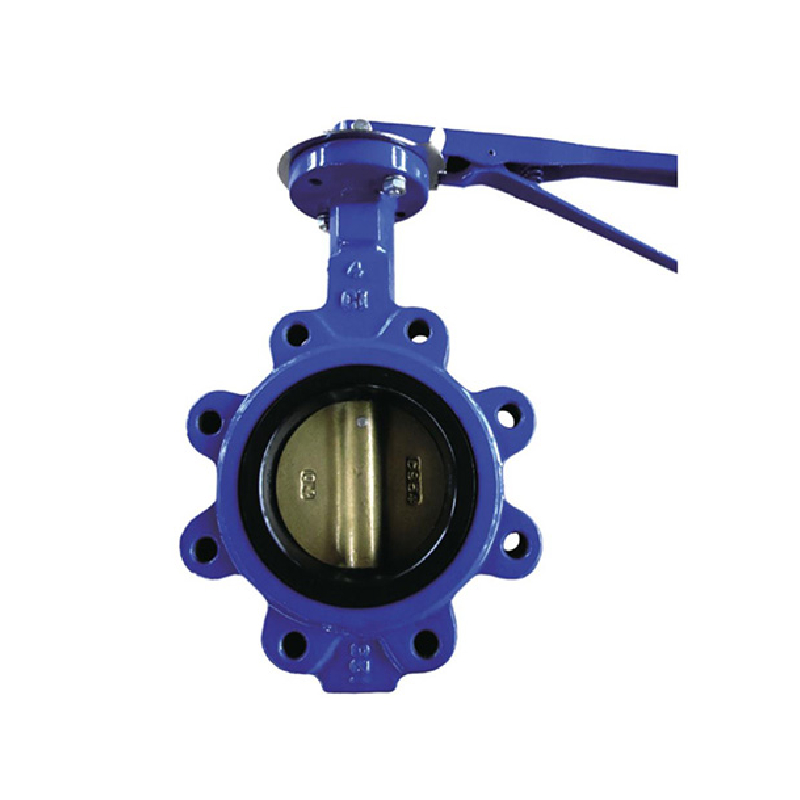12 月 . 03, 2024 18:24 Back to list
12 inch butterfly valve
The Essential Guide to 12-Inch Butterfly Valves
Butterfly valves are a pivotal component in many fluid control systems, and the 12-inch butterfly valve stands out for its robust functionality and versatility. In industrial applications ranging from water supply to HVAC systems, the 12-inch butterfly valve provides an effective solution for controlling the flow of gases and liquids. This article delves into the features, benefits, applications, and maintenance considerations of 12-inch butterfly valves.
Understanding Butterfly Valves
Butterfly valves consist of a rotating disc, known as the butterfly, which is mounted on a shaft. When the valve is closed, the disc is turned to create a seal against the valve body, preventing the flow of fluid. Conversely, when the valve is opened, the disc is rotated 90 degrees, allowing unrestricted flow through the pipeline. This simple yet effective design allows for quick operation and minimal resistance to flow, making butterfly valves an appealing choice for many applications.
Features of 12-Inch Butterfly Valves
A 12-inch butterfly valve is characterized by its nominal size, indicated by the diameter of the valve's opening. This size is common in various industrial setups, providing a balance between flow capacity and space-saving design. Several features distinguish these valves within the marketplace
1. Material Construction 12-inch butterfly valves are available in various materials, including cast iron, stainless steel, and plastic. The choice of material affects the valve's durability, corrosion resistance, and overall suitability for specific applications.
2. Actuation Options These valves can be operated manually or automated through electric, pneumatic, or hydraulic actuators. Automated butterfly valves offer enhanced control and efficiency, particularly in large-scale industrial processes.
3. Sealing Mechanisms Many 12-inch butterfly valves incorporate resilient seat materials, such as EPDM or NBR, which provide a tight seal when closed. This feature minimizes leakage and enhances performance in high-pressure and temperature scenarios.
4. End Connections The valve can be connected to piping systems through various end types, including flanged, wafer, or lugged connections. The choice of connection influences installation ease and compatibility with existing systems.
Advantages of Using 12-Inch Butterfly Valves
12 inch butterfly valve

2. Quick Operation The quarter-turn mechanism allows for rapid opening and closing, facilitating quick flow control when needed.
3. Low Pressure Drop The streamlined design of butterfly valves results in lower pressure drops across the valve, leading to energy savings in fluid transport systems.
4. Cost-Effectiveness Generally, butterfly valves are more cost-effective than other valve types for larger diameters, making them a popular choice in commercial and industrial applications.
Applications of 12-Inch Butterfly Valves
The versatility of 12-inch butterfly valves allows them to be used in a wide range of industries including
- Water and Wastewater Management These valves are commonly used in treatment plants and distribution systems to control the flow of water and sewage. - Chemical Processing In chemical plants, 12-inch butterfly valves can manage the flow of various liquids and gases while withstanding corrosive environments. - HVAC Systems They are utilized in heating, ventilation, and air conditioning systems for regulating airflow and improving humidity control. - Power Generation In power plants, these valves help in managing cooling water, steam, and other essential fluid flows.
Maintenance Considerations
Regular maintenance of 12-inch butterfly valves is crucial to ensure longevity and optimal performance. Operators should routinely check for leaks, inspect the actuator, and clean the valve seat to prevent build-up that could hinder operation. Lubrication of moving parts and periodic functional testing are also recommended to maintain efficient operation.
Conclusion
In conclusion, the 12-inch butterfly valve is an essential device in various fluid control applications, offering a combination of efficiency, reliability, and versatility. With proper maintenance and appropriate material selection, these valves can continue to meet the demands of diverse environments while contributing to the overall efficiency of fluid systems. As industries advance, the design and capabilities of butterfly valves will continue to evolve, ensuring their relevance and critical role in future fluid management solutions.
Share
-
Understanding the Differences Between Wafer Type Butterfly Valve and Lugged Butterfly ValveNewsOct.25,2024
-
The Efficiency of Wafer Type Butterfly Valve and Lugged Butterfly ValveNewsOct.25,2024
-
The Ultimate Guide to Industrial Swing Check Valve: Performance, Installation, and MaintenanceNewsOct.25,2024
-
Superior Performance with Industrial Swing Check Valve: The Essential Valve for Any SystemNewsOct.25,2024
-
Industrial Swing Check Valve: The Ideal Solution for Flow ControlNewsOct.25,2024
-
You Need to Know About Industrial Swing Check Valve: Functionality, Scope, and PerformanceNewsOct.25,2024